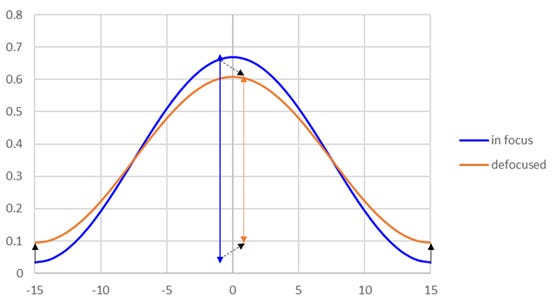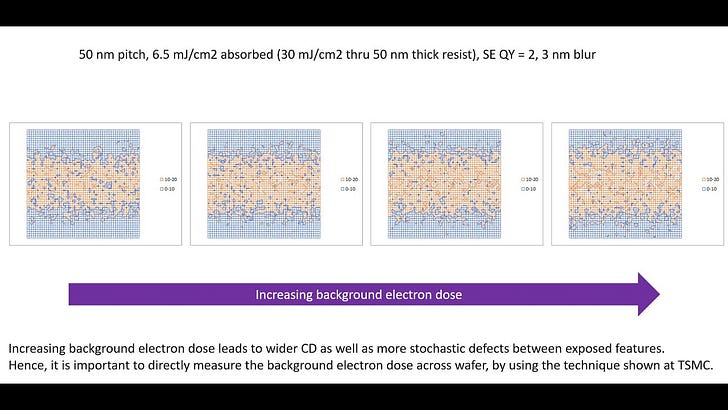During the EUV lithography process, a significant fraction of EUV photons is absorbed by the underlayer (UL), potentially leading to the emission of electrons that can alter the chemistry of the overlying resist. In this study, we address the challenge of understanding how such electrons influence chemical transformations in photoresists. To isolate and examine these effects, we developed a novel experimental methodology that employs soft X-ray irradiation to selectively stimulate UL electron emission while minimizing direct photoabsorption by the organic photoresist. Three distinct ULs, each with unique soft X-ray absorption and photoelectron emission properties, were selected and combined with a series of model photoresists. Our systematic evaluation revealed that secondary electrons from the UL induce notable chemical changes in the photoresist, which, in turn, may affect its sensitivity during development. These findings not only provide the first direct evidence of underlayer-generated secondary electron effects on photoresist chemistry but also underscore the importance of interfacial phenomena in optimizing EUV lithography performance. This work offers new insights into the role of ULs and lays the groundwork for further research into advanced photoresist systems for next-generation semiconductor fabrication.

 www.spiedigitallibrary.org
www.spiedigitallibrary.org

Understanding the role of underlayers in enhancing EUV resist sensitivity
During the EUV lithography process, a significant fraction of EUV photons is absorbed by the underlayer (UL), potentially leading to the emission of electrons that can alter the chemistry of the overlying resist. In this study, we address the challenge of understanding how such electrons...


